The writing of my first fantasy novel was an unbelievable odyssey. I fell in love with fantasy fiction in high school and knew even then that I wanted to write my own fantasy-fiction novel.
I had no idea what lay ahead of me in fulfilling that dream.
But let’s go back to when I was an impressionable young boy. There were so many fascinating characters from which to be inspired including:
- Taran, an assistant pig keeper turned wanderer.
- Morgan, a legendary riddle solver and one-time prince of the small island-kingdom of Hed until his land-rule was ripped away from him.
- Raederle, a princess with a mysterious past tied to the shape-changers.
- Ged, a young and headstrong wizard-to-be from the archipelago of Earthsea
- A rooster named Chanticleer.
- A curious and trusting young girl named Lucy Pevensie.
- An older sister named Meg with a gifted but peculiar younger brother named Charles Wallace.
- Four young Hobbits from the Shire.
Ah, yes, the Hobbits of the Shire. I read these stories long before Peter Jackson made them famous.
Each and every one of these characters shaped my imagination. They modeled what it meant to be a hero. They showed strength in weakness and struggled with their “coming of age.” Yes, I knew early on I wanted to write fantasy literature.
I started writing my first fantasy novel around 1981, the year I also started college. At the time, bookstores did not have the abundance of fantasy-literature found today. However, the few titles available were generally imaginative and well-written.
In addition to relishing the works of J.R.R.Tolkien and C.S.Lewis, I also delighted in The Nineteenth Century Fairy Tales of George Macdonald, Alan Garner’s The Weirdstone of Brisingamen (1960), and Madeleine L’Engle’s A Wrinkle in Time (1963), and many other titles.
I was inspired by these stories, including imagined realms and especially the characters. So, I worked on my own fantasy novel throughout college during summers and holidays and when I could get a few free minutes, between studies.
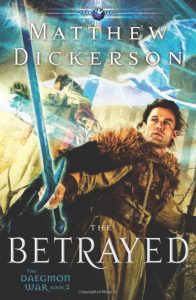 These days were before word processors. I typed the story into a mainframe computer with a primitive editor that was not much more sophisticated than a typewriter, and I occasionally printed it out on a dot-matrix printer in case my files were lost.
These days were before word processors. I typed the story into a mainframe computer with a primitive editor that was not much more sophisticated than a typewriter, and I occasionally printed it out on a dot-matrix printer in case my files were lost.
It was not easy to edit with that system, but I was a young writer and so revision was not a big part of my writing. Plus, I had no concept of craft, style or voice. Not surprisingly, despite the variety of excellent fantasy books I had read, my first attempt was not very good. I didn’t know it at the time.
I stopped working on the book when I hit 200 pages. It simply grew too unwieldy. If I took even two weeks off from writing — a frequent necessity during the busy-ness of the semester — it would take too long to get back into the storyline and the world I had created. So, for a few years, I switched to writing short fairy tales, which at the time I also thought were pretty good. However, now I see that the flaws of those pieces outweighed whatever charm they may have had.
So, none of those stories will ever be published, though some of the fairy tales might be redeemable with some work. If I stumble on the dot-matrix printout of that first novel in an old file cabinet, I’ll be tempted to burn it to make sure it never escapes into the world with my name on it.
What did I learn from the hundreds to thousands of invested hours? When it comes to lessons in writing or character development, probably not much. What I suspect I gained was experience creating an imaginary world and letting a story line unfold. In other words, both my imagination and my passion to write were nourished. But the writing itself had little value.
My senior year of college, however, I was fortunate enough to take a creative writing class and begin to learn some of the craft. Equally important, I took a class on fantasy literature, and another class on science fiction literature, and began to study more critically what makes a piece of speculative fiction work—to articulate what distinguished the books I most enjoyed from those I didn’t. I also learned how fantasy and science fiction were similar, and how they were diametrically different, despite occupying space in the same section of the bookstore.
Then, I went to graduate school where I studied Old English language and literature from a professor who had been at Oxford during Tolkien’s last years and had known him personally. Not only did I hear firsthand the tales of my favorite author, but I was able to study the literature that had inspired him.
By 1991, I was teaching classes on fantasy literature. I also published my first novel that year—not a fantasy novel, but a work of medieval historic heroic romance, The Finnsburg Encounter. It was based on a fragment of Beowulf, one of the works at the heart of Tolkien’s scholarly and creative career. I learned a great deal about writing and revising from that novel.
As the old cliché states, “Third time’s a charm,” except, I never believed in that cliché. My middle son is a baseball player. “Three strikes and you’re out,” seemed more realistic to me. But before I would swing the bat a third time, I had two more important developments in my writing life.
To be continued. The above post is one of two-parts.

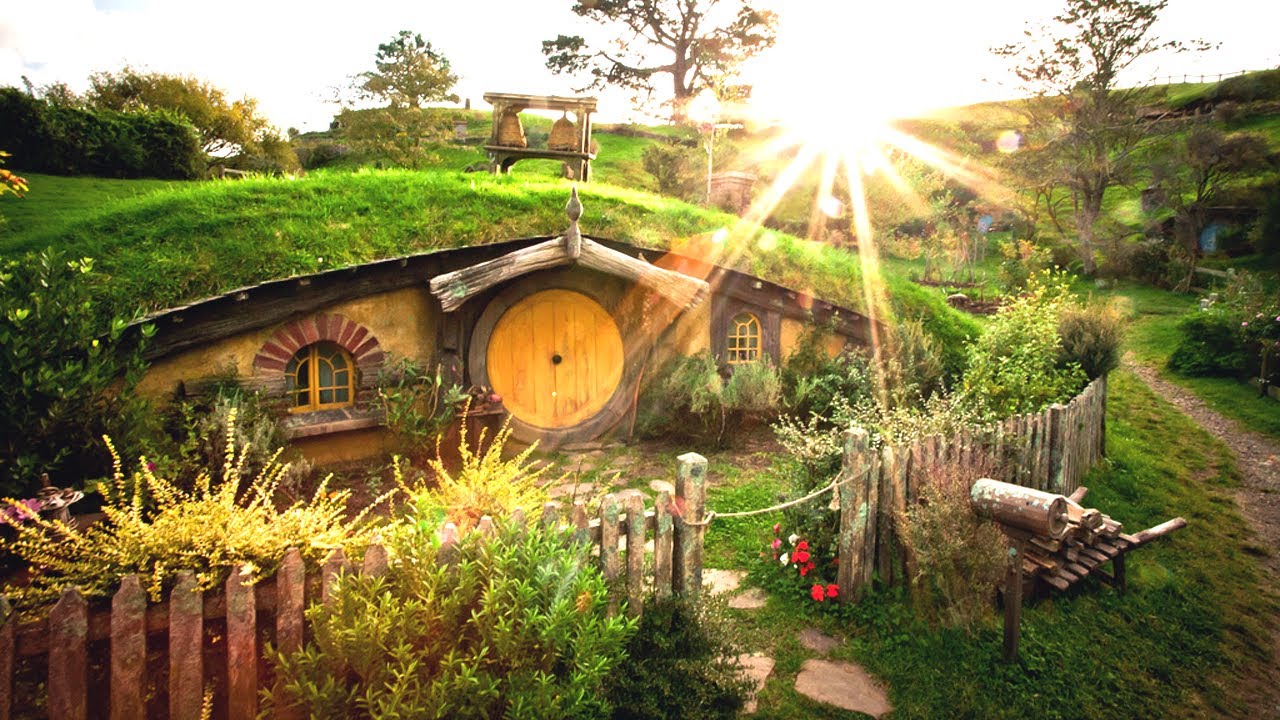
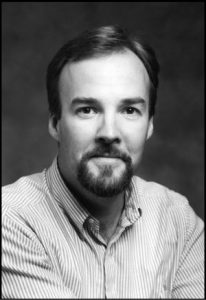

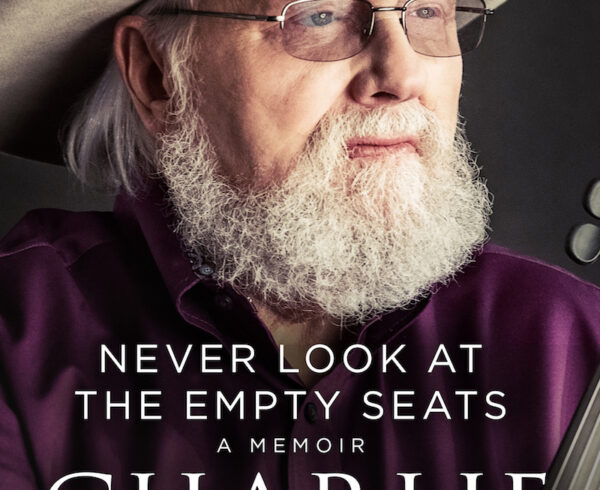
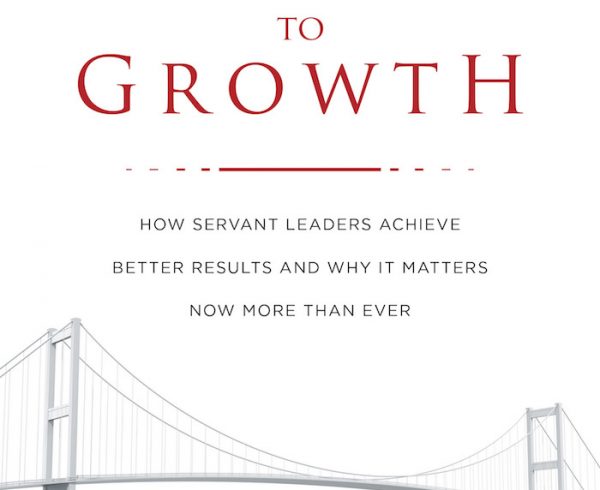
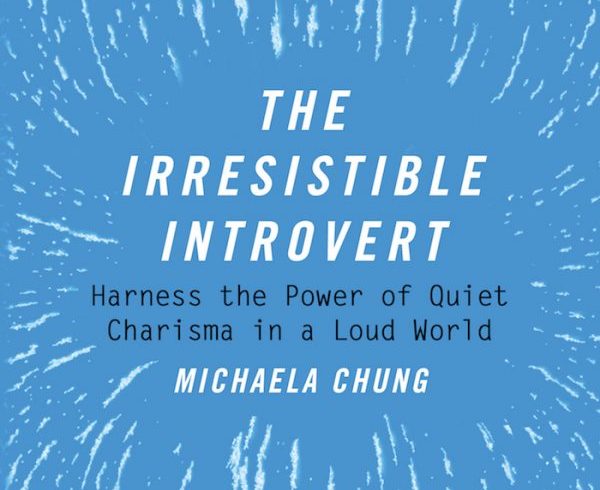
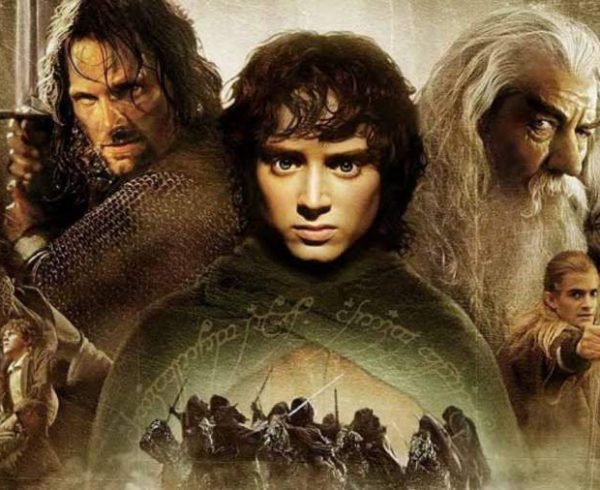






Wonderful to read about your writing journey. As for those early writings, you never know what can be salvaged at some point — a character, a world, a plot point, perhaps?